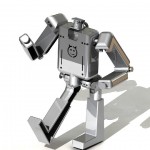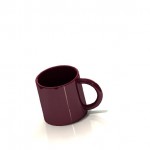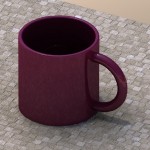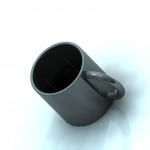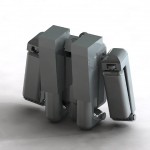Assignment DA207 Rapid Prototyping
Link to OWinfo:
Feedback form:
What I did:
One of my previous goals was to attend for the assignment Material Behaviour. Unfortunately this one was full. Therefore I attended for Rapid Prototyping in order to become more known with different manufacturing processes like rapid manufacturing and extend my knowledge from the Manufacturing Technology assignment. During this assignment I got a lecture about different rapid manufacturing techniques and I had the unique possibility to print a 3D model out of the 3D printer on this education. More information can be read in our report.
What I learned:
This assignment made me aware of the unique possibilities of rapid prototyping manufacturing. Unless the big disadvantage of relative high production costs and time, there is almost no assembly phase needed. Every rapid prototyping manufacturing technique has its own specialities; e.g. some techniques are specialized in very detailed small objects (like Stereo Lithography and 3D Printing) and other can better be used to make bigger less detailed objects (like Laminated Object Manufacturing and Electron Beam Melting). Therefore I should consider the right technique for the right prototype. In addition it’s possible to make unique constructions, which can’t be made with any other conventional manufacturing technique. Like a whole ball-and-socket joint out of one piece, as you can see in the arms and legs of our robot I designed with my teammate. In addition, some experience with 3D CAD program is required to make rapid prototyping models. During this assignment I extended my experience with the 3D CAD modelling software, as you can see in the SolidWorks renderings on page 11-13 of the report. SolidWorks is difficult to learn, but has much more advanced functions and opportunities compared with Rhinoceros. In the future I want to lose myself in the SolidWorks software. This assignment opened my eyes for this unique non-traditional production method. I learned that it is possible to create real tactile prototypes out of 3D-printers. Moreover when I’m designing, I would not be restricted by conventional manufacturing techniques anymore. Rapid prototyping takes designing towards another dimension, because it’s now possible to make tactile prototypes including new construction techniques. Everything is possible.
